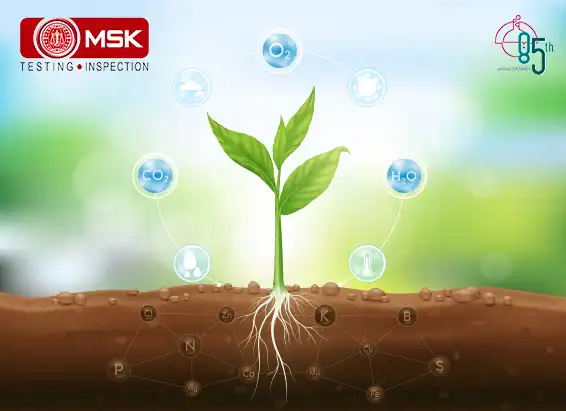
ABSTRACT
Black pepper (Piper nigrum) is a spice vine crop which is used as a food preservative and as an essential component in traditional medicines. Piperine, a major alkaloid, is the major bio-active component of pepper, which imparts pungency and biting taste to it. This naturally occurring alkaloid has numerous demonstrated health effects and beneficial therapeutic properties. Piperine is considered as one of the most promising bioenhancers till date. Several methods used for its extraction and isolation suffer drawbacks such as poor extraction efficiency, tedious and expensive isolation methodology, piperine photodegradation etc. Hence a simple, rapid and efficient method has been developed for the isolation of piperine from the fruits of Piper nigrum. The methods under study involve extraction of piperine with glacial acetic acid by maceration process followed by separation by partition, washing, neutralisation, graded precipitation and recrystallisation techniques. Compared to other two methods, the developed method found to be effective in isolating piperine with higher yield (`18%) and in higher purity (`92%). Then identification of the compound was confirmed by various analytical methods TLC, melting point, HPLC and compared it with standard piperine.
KEYWORDS: Isolation, Piperine, HPLC.
INTRODUCTION
Among the spices, black pepper has occupied a supreme position due to its characteristic pungency and flavour and sometimes nicknamed the King of Spices, is the most extensively consumed spice worldwide. The value of pepper is owed to its pungency and flavour, which is attributed to the presence of a naturally occurring alkaloid, known as piperine, as well as volatile essential oils. In addition to the culinary uses, black pepper was used in ancient Chinese and Indian medicine, as a natural medicinal agent for the treatment and alleviation of
pain, chills, sore throat, fever, rheumatism, influenza, muscular pains, chills, poor digestion, and even coma. It was also used for enhancing the circulation of blood, increasing the flow of saliva, and stimulating appetite. Recent investigations have shown that piperine has chemo preventive and antioxidant activities. Recent evidence suggests that piperine might play an important role in the reduction of blood cholesterol, triglycerides, and glucose. The amount of piperine varies in plants belonging to the Piperaceae family; it constitutes 2% to 7.4% of both black pepper and white pepper.
Piperine was first isolated from the extract of pepper by Hans Christian Orsted in 1819. It was extracted as a yellow crystalline compound with a melting point of 128 to 130 °C. The chemical structure of piperine was later identified as piperoylpiperidine, with the chemical formula of C17H19NO3, and with the IUPAC name 1-(5-[1,3-benzodioxol- 5-yl]-1-oxo-2,4-pentadienyl) piperidine. Piperine was found to be a very weak base.

Piperine
The present study aims the enrichment and isolation of piperine from black paper by means of solvent extraction, separation and graded precipitation. The proposed method was found to take much lesser time compared to the traditional column chromatographic method, although, the yield and the purity achieved by the said method was found to be very good.
MATERIALS AND METHODS
Samples, Chemicals and reagents: Black pepper seed was procured from local market of Kolkata. All the chemicals and reagents are of AR grade, Piperine standard was obtained from Merck, India.
Extraction Process:
10 g of powdered black pepper seed was extracted with 50 ml glacial acetic acid (maceration for 12 hrs). After 12 hrs, acetic acid extract was gravity filtered.
Enrichment Process:
The acetic acid solution was diluted with 50 ml distilled was and extracted with chloroform (50 ml x 3 times) in a separating funnel. The chloroform extract was thoroughly washed with 10% sodium bicarbonate solution followed by 4-5 washing with water. The chloroform extract was filtered through anhydrous sodium sulphate and evaporated to dryness by rotary evaporator.
Graded precipitation Process:
The obtained residue was redissolved in 3 ml chloroform and precipitation was achieved by adding excess diethyl ether (30 ml) to the chloroform extract. The solution was kept in refrigerator at 4°C for 8 hrs. The creamy white coloured crystals were obtained which was separated by centrifugation, dried and subjected to characterisation. The yield was found to be 1.8 g (i.e. 18%).
Determination of melting point:
The determination of melting point of the isolated crystal was carried out by Melting point apparatus and the melting point was found to be 131°C which is very similar as pure piperine.
Purity Check by HPLC:
HPLC analysis was done by using column Agilent Pursuit 5 C18 column (250 x 4.6 mm) and mobile phase methanol: water (80: 20) with 1ml/min flow rate. Retention time for authentic piperine was found to be 6.246 min while retention time of isolated piperine was 6.232min. Hence from these graphs, we confirm that needle shaped crystals were of piperine (figure 1 & 2).
Fig 1: HPLC Chromatogram of Piperine Standard

Fig 2: HPLC Chromatogram of isolated Piperine

The peaks were found at 4.9 min RT and purity of isolated piperine was found to be `92%.
CONCLUSION:
As discussed above, the aforesaid method for isolation of piperine by extraction with glacial acetic acid and recrystallisation with solvent ether after alkali wash proved to be effective in isolating piperine with higher yield and purity. Isolated piperine was identified by melting point and HPLC compared with authentic piperine which resulted the absolute purity of the isolated crystal `92%.
Contributed by: Dr. Amartya Kumar Gupta.


Chief Operation, FAMD, Tata Steel Limited..


Sr. General Manager,, Emirates Trading Agency L.L.C..


Mines Manager, Hindustan Zinc Limited, a Vedanta Company.


General Manager, Stevin Rock L.L.C..


Executive Vice President (Works),, DCW Limited.


AVP – Coal Quality & Sales Compliance Head,, PT Indo Tambangraya Megah Tbk (BANPU).


Laboratory Head, MMX.


Shipping Administrator, Mount Gibson Iron Limited.


Senior Director – Asia Pacific Iron Ore Sales,, Cliffs Natural Resources Pty Ltd..

Posted on April 30 2024 By Mitra S.K ADMIN
Read More
Posted on April 29 2024 By Mitra S.K ADMIN
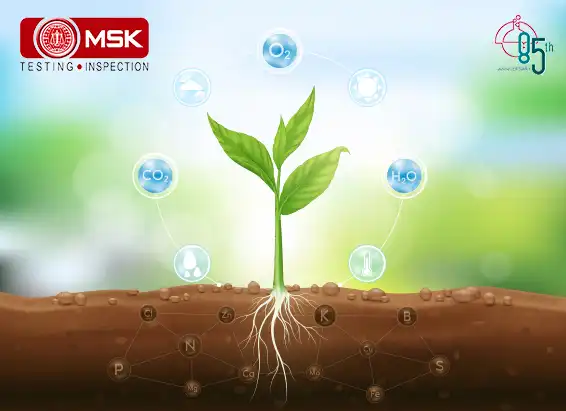
Posted on December 30 2023 By Mitra S.K ADMIN
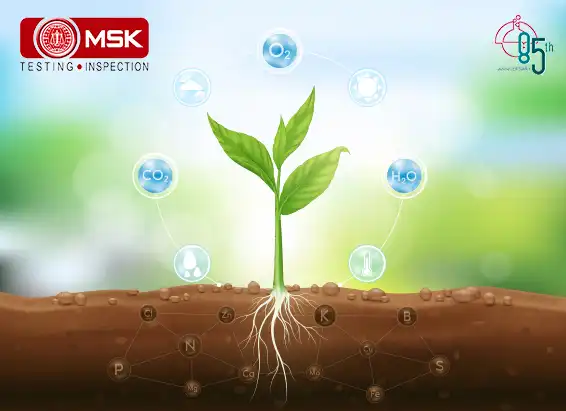
Posted on December 30 2023 By Mitra S.K ADMIN
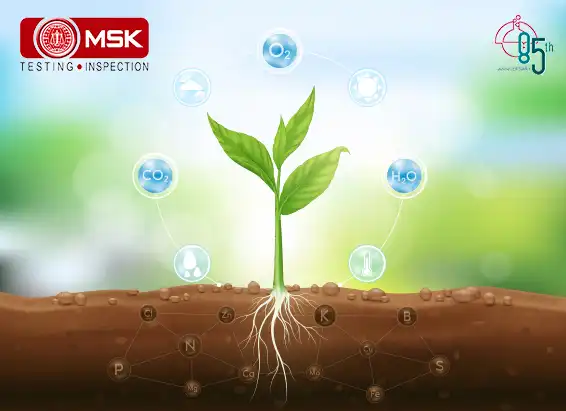
Posted on December 30 2023 By Mitra S.K ADMIN
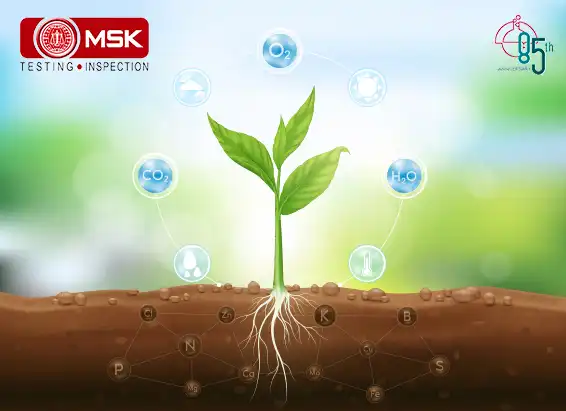
Posted on December 27 2023 By Mitra S.K ADMIN
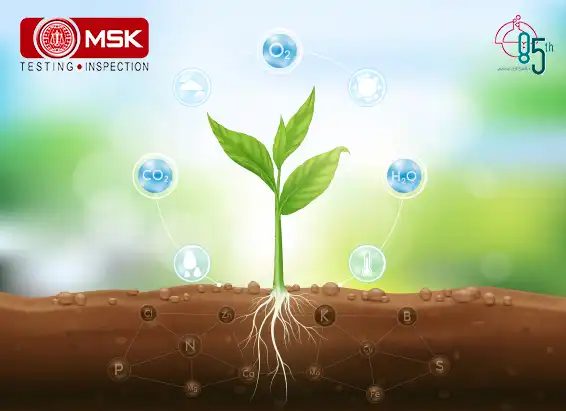
Posted on December 27 2023 By Mitra S.K ADMIN
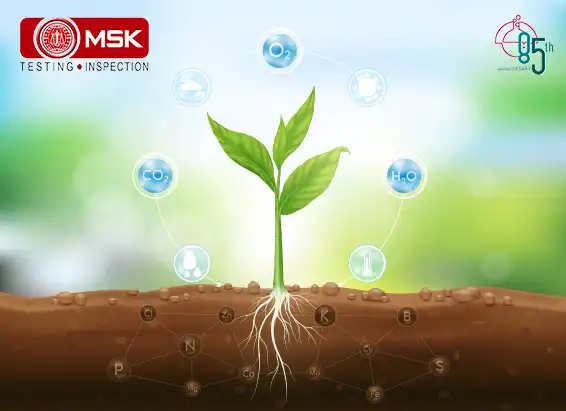
Posted on December 27 2023 By Mitra S.K ADMIN
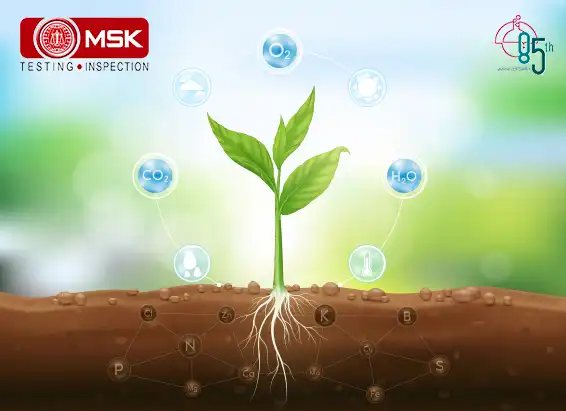
Posted on December 27 2023 By Mitra S.K ADMIN
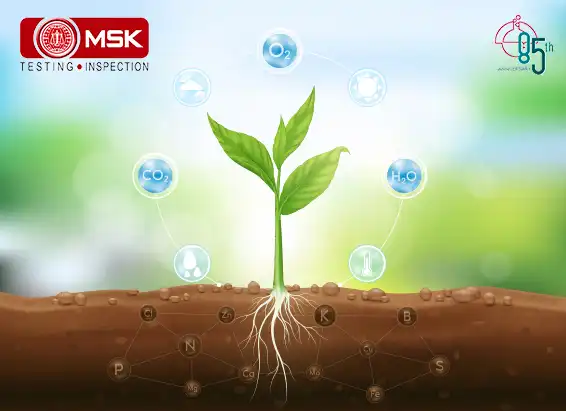
Posted on December 27 2023 By Mitra S.K ADMIN
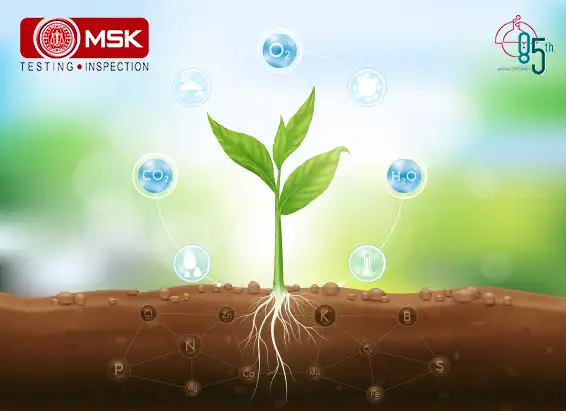
Posted on December 27 2023 By Mitra S.K ADMIN
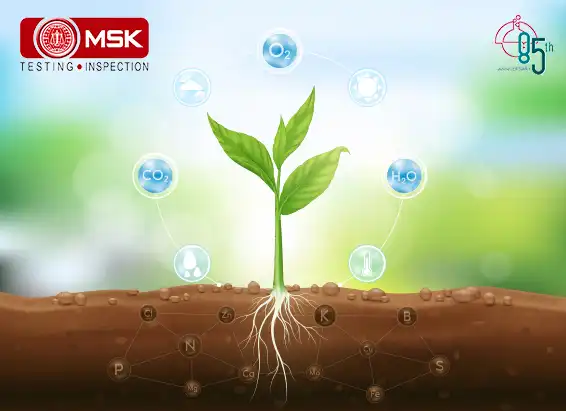
Posted on December 27 2023 By Mitra S.K ADMIN
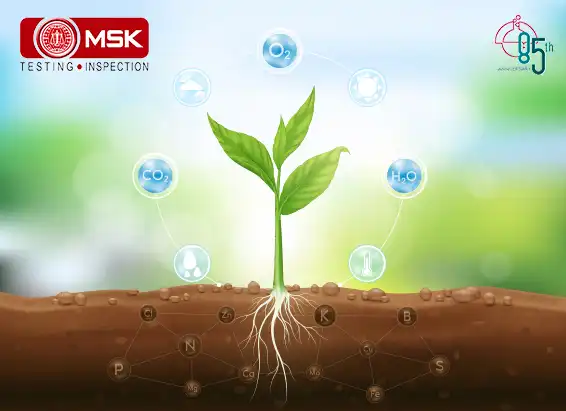
Posted on December 26 2023 By Mitra S.K ADMIN
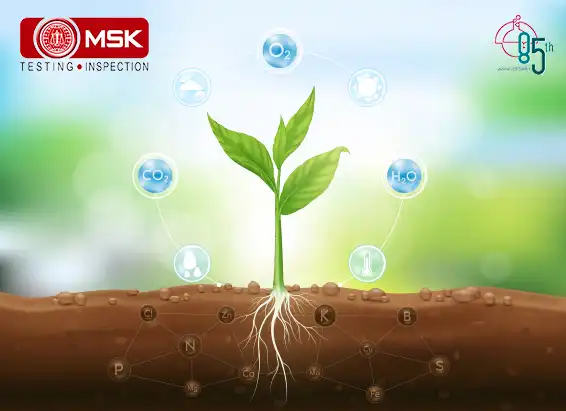
Posted on December 09 2022 By Mitra S.K ADMIN
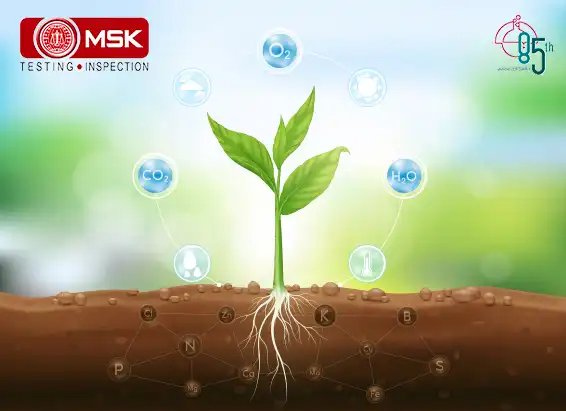
Posted on December 02 2022 By Mitra S.K ADMIN
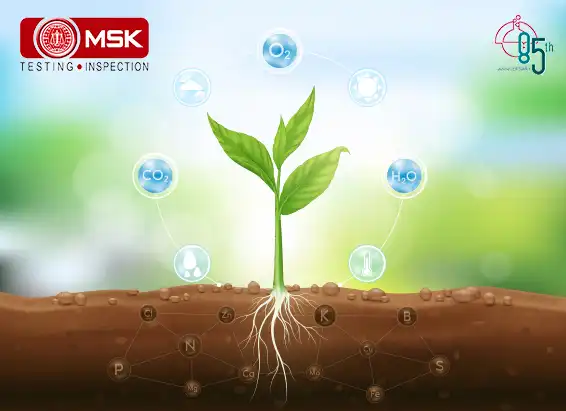
Posted on December 02 2022 By Mitra S.K ADMIN
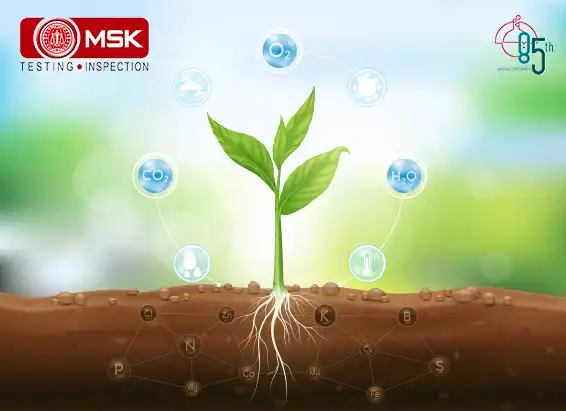
Posted on December 02 2022 By Mitra S.K ADMIN

Posted on December 02 2022 By Mitra S.K ADMIN
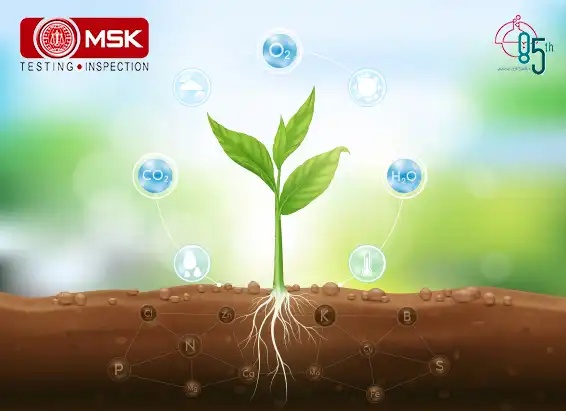
Posted on December 02 2022 By Mitra S.K ADMIN
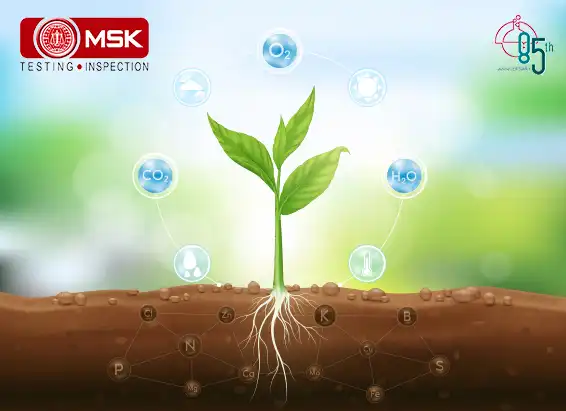
Posted on December 02 2022 By Mitra S.K ADMIN
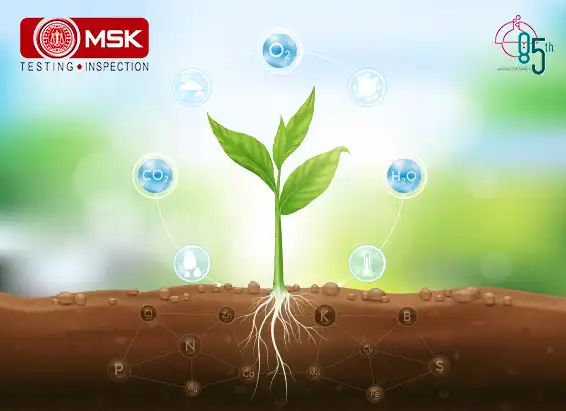
Posted on December 02 2022 By Mitra S.K ADMIN
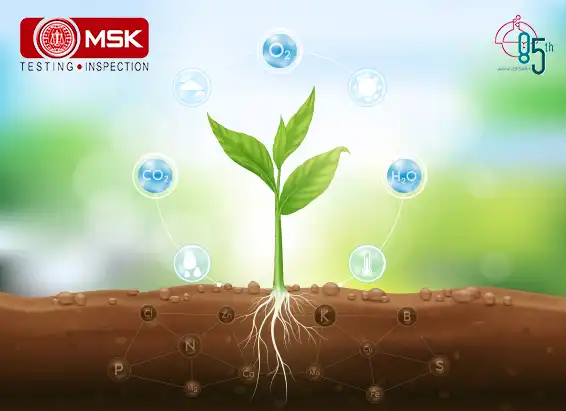
Posted on December 02 2022 By Mitra S.K ADMIN
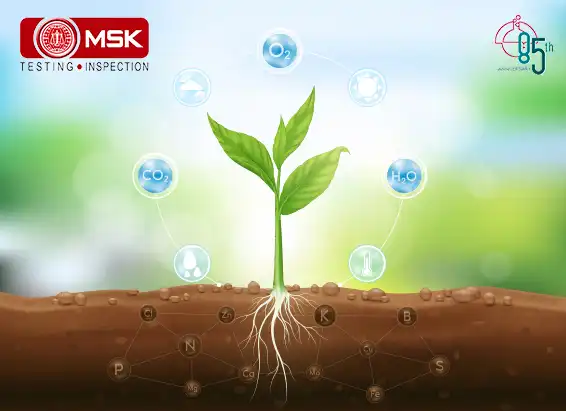
Posted on December 01 2022 By Mitra S.K ADMIN
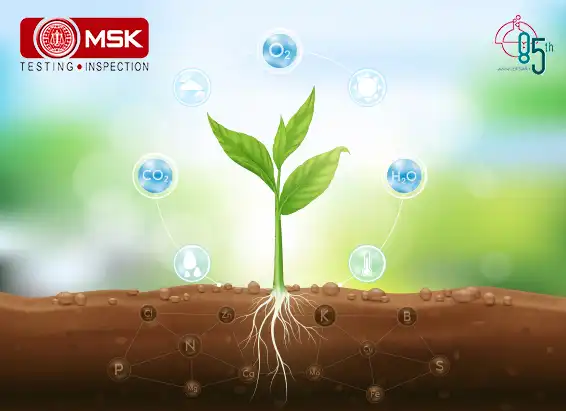
Posted on December 01 2022 By Mitra S.K ADMIN
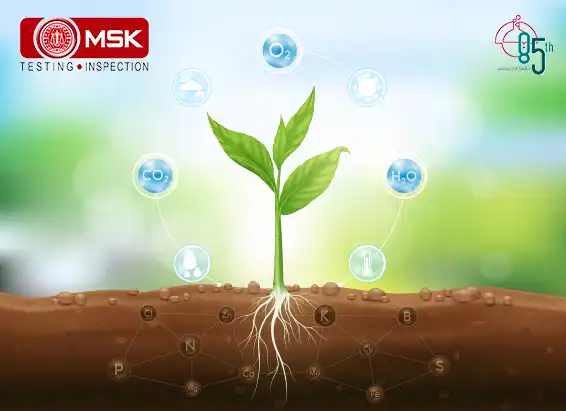
Posted on December 01 2022 By Mitra S.K ADMIN

Posted on December 01 2022 By Mitra S.K ADMIN
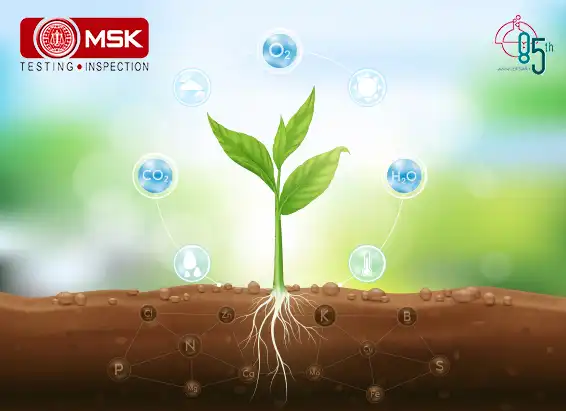
Posted on November 30 2022 By Mitra S.K ADMIN
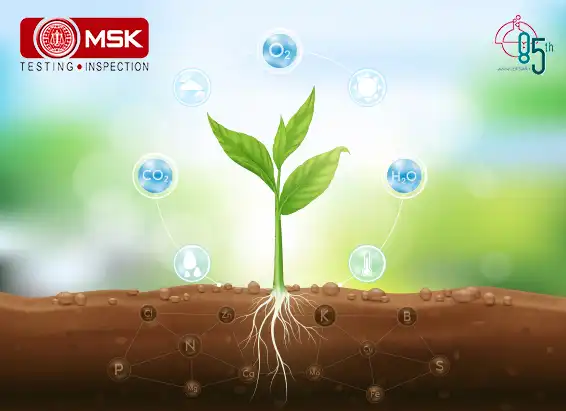
Posted on November 30 2022 By Mitra S.K ADMIN
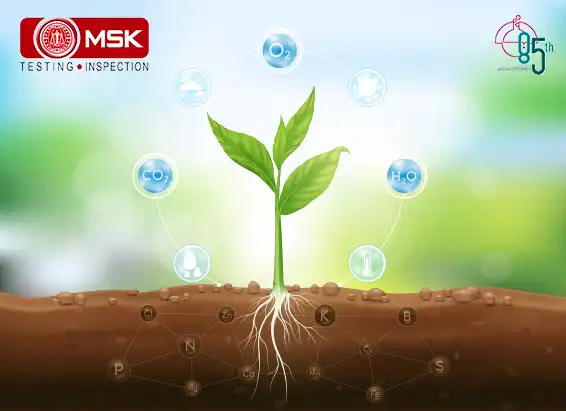
Posted on November 30 2022 By Mitra S.K ADMIN
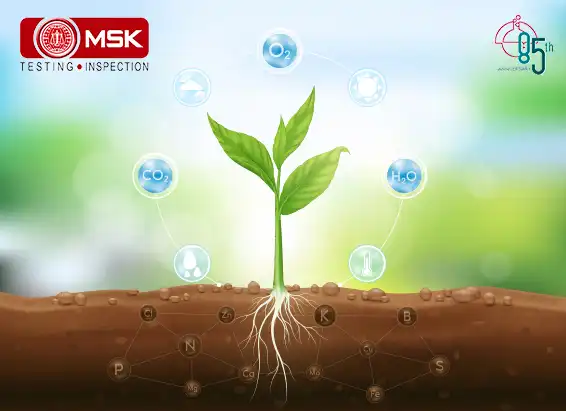
Posted on November 30 2022 By Mitra S.K ADMIN
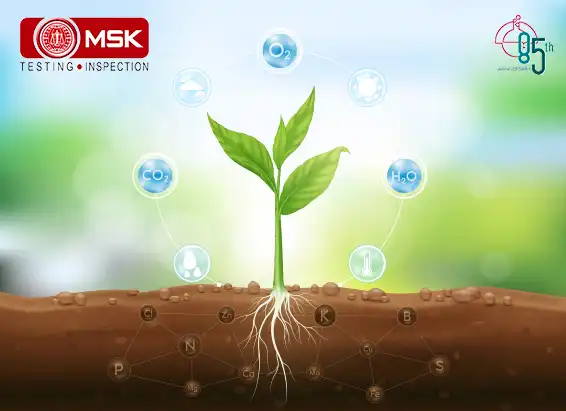
Posted on November 30 2022 By Mitra S.K ADMIN
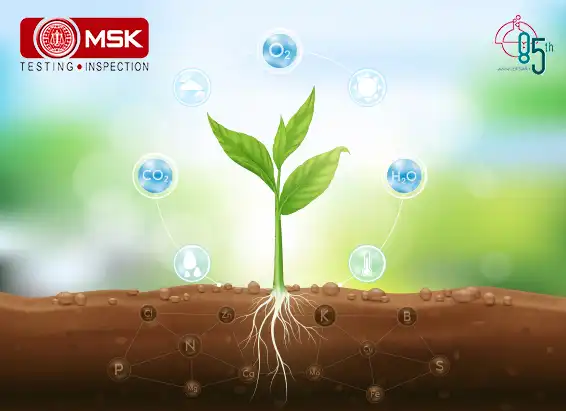
Posted on September 27 2022 By Mitra S.K ADMIN






